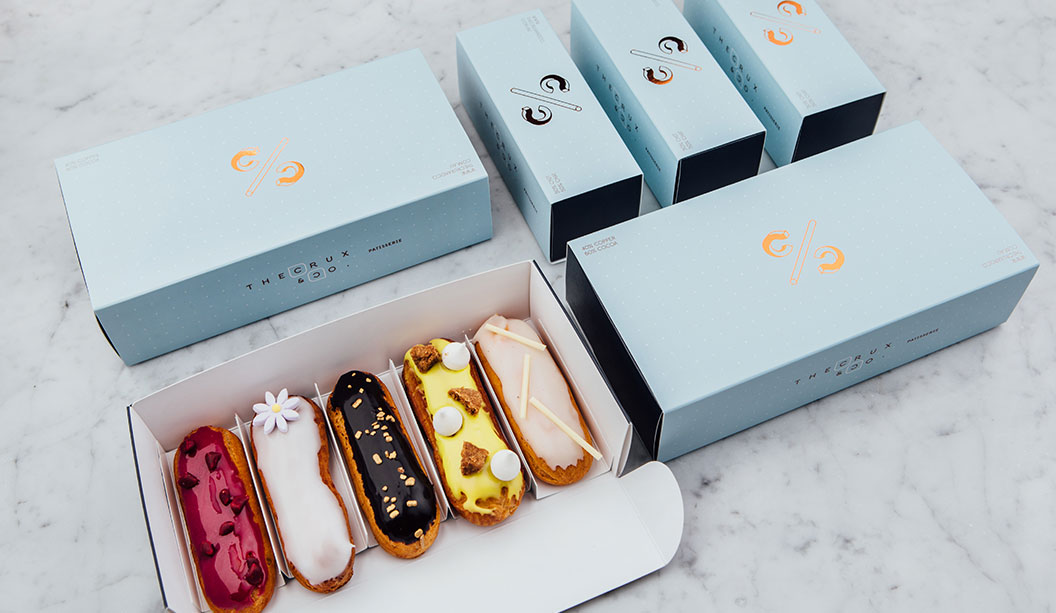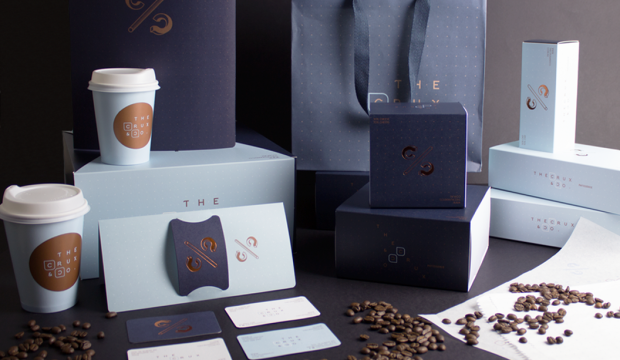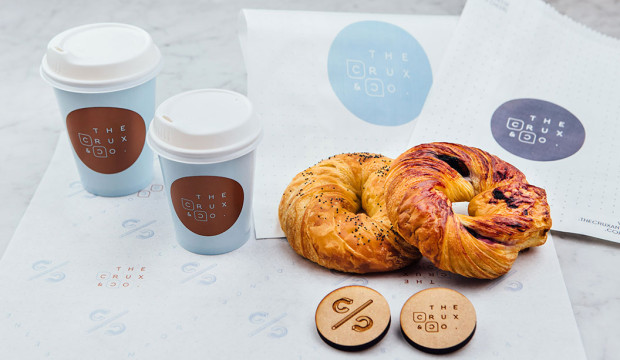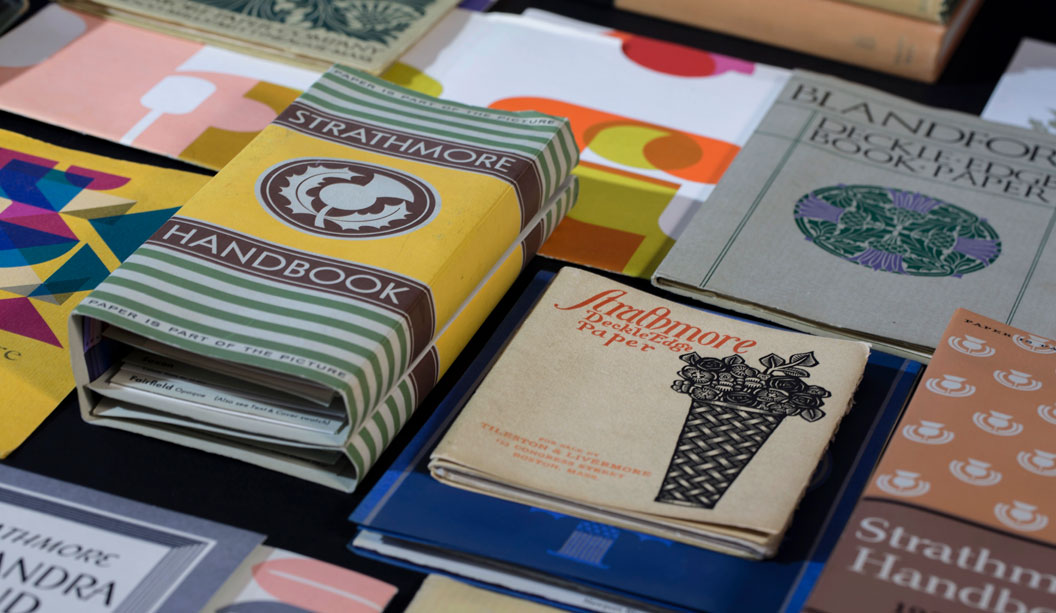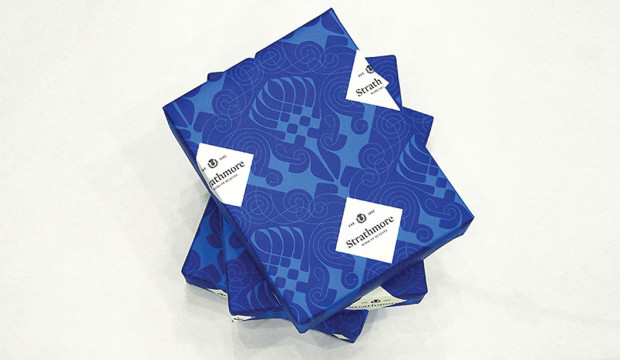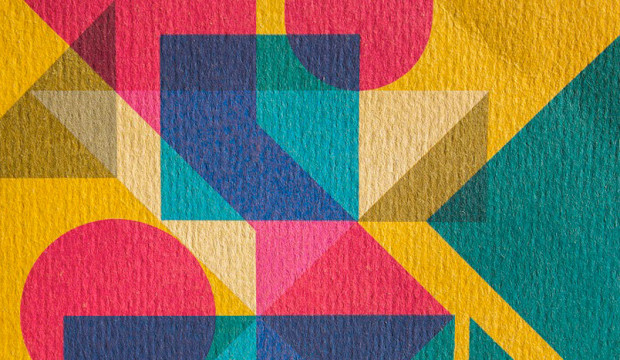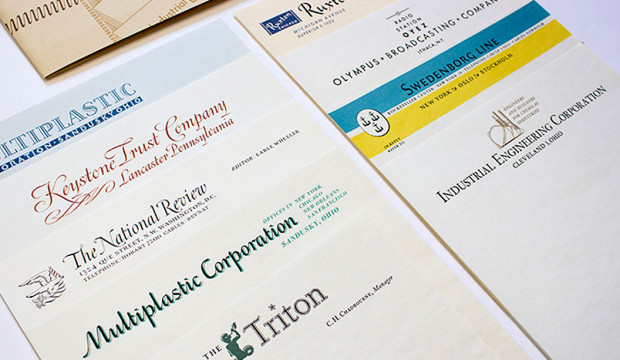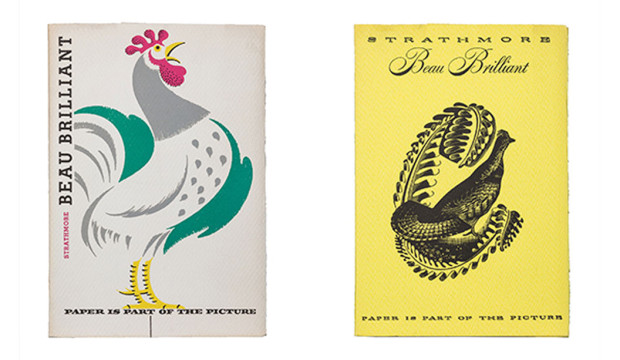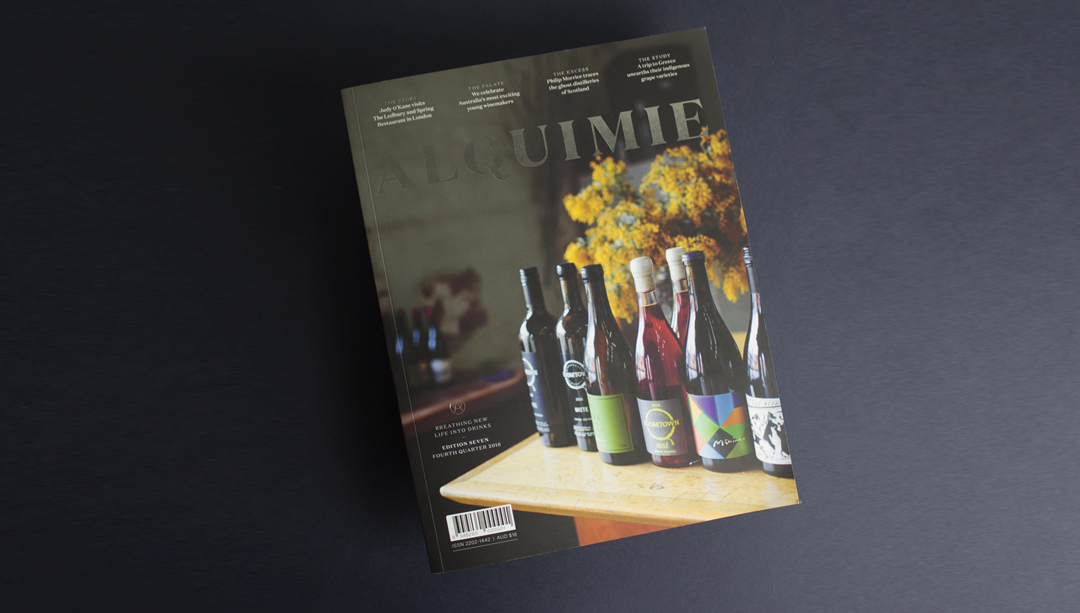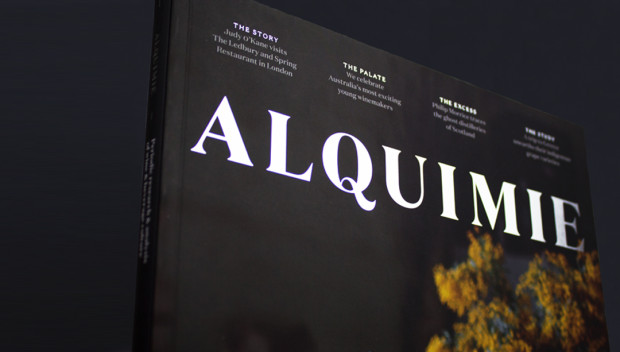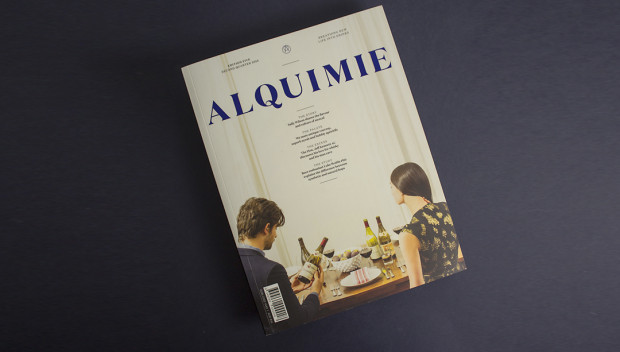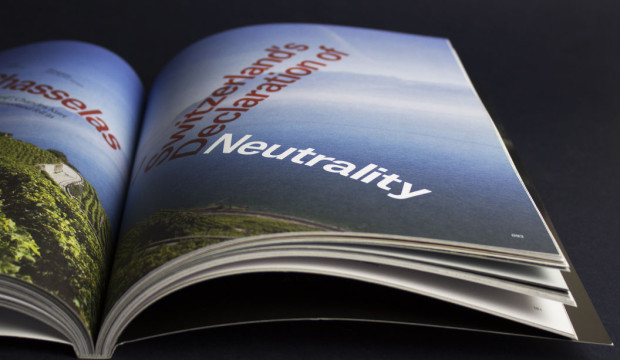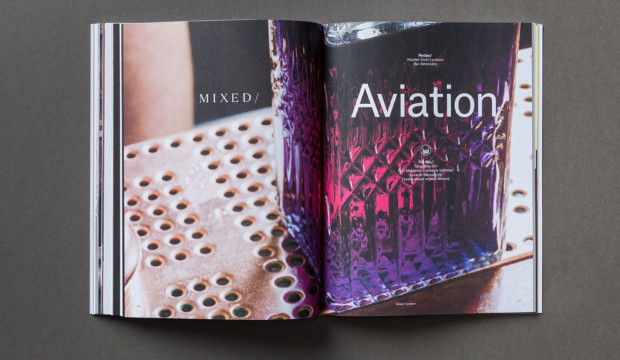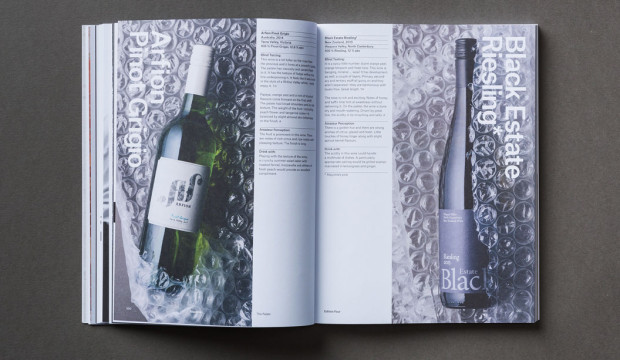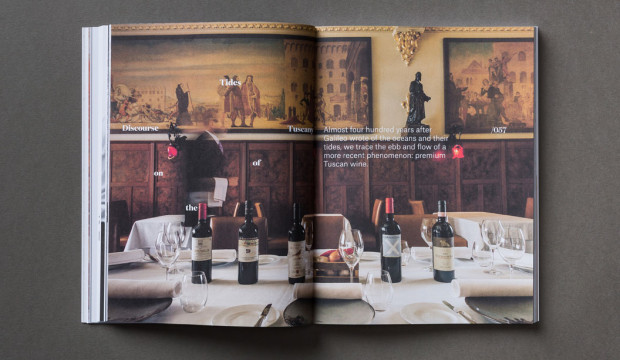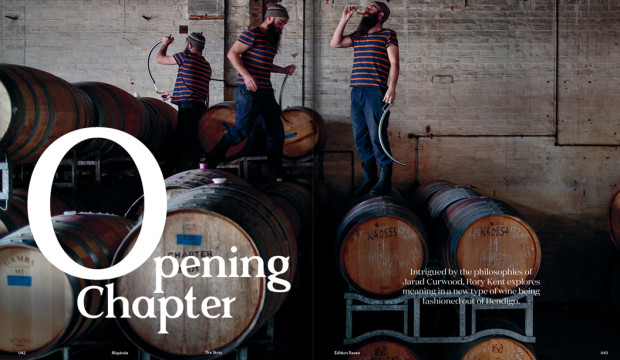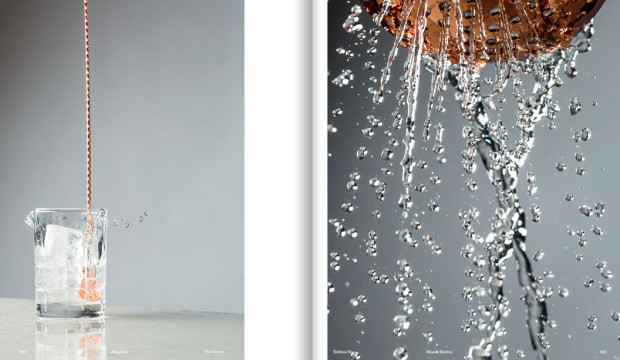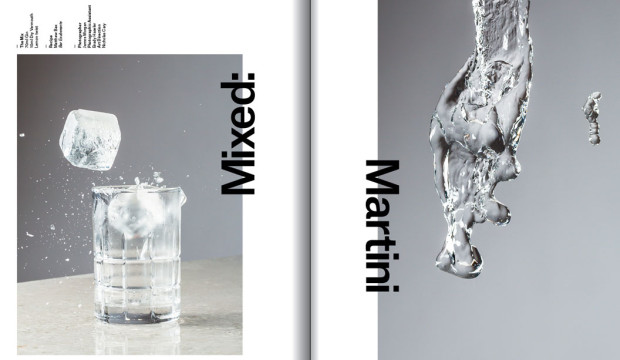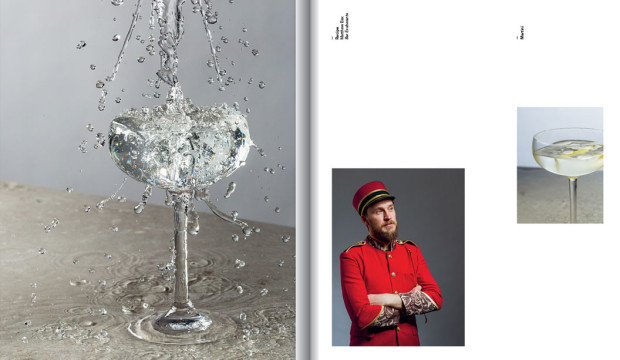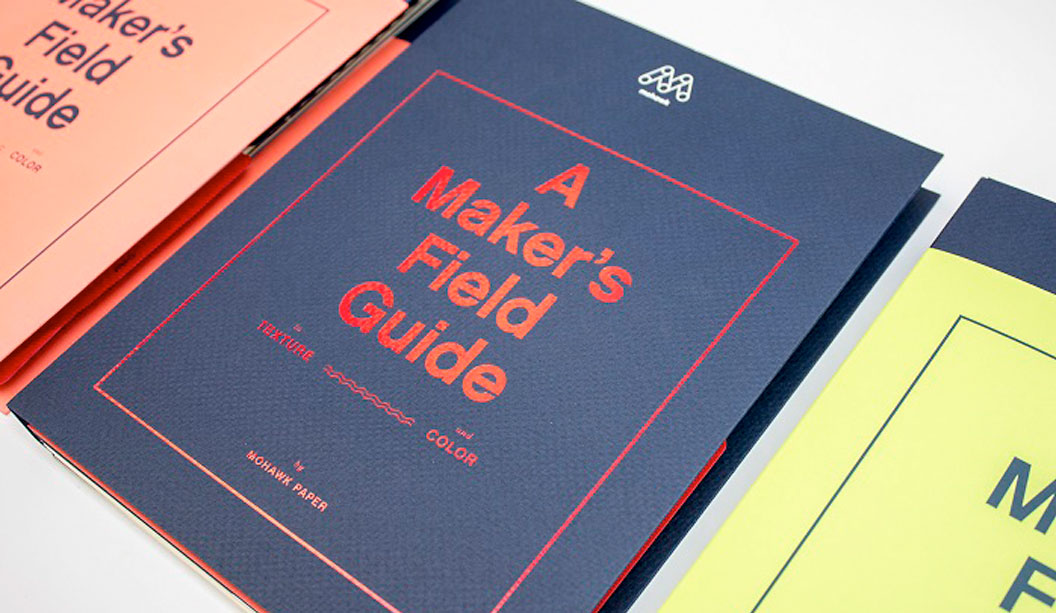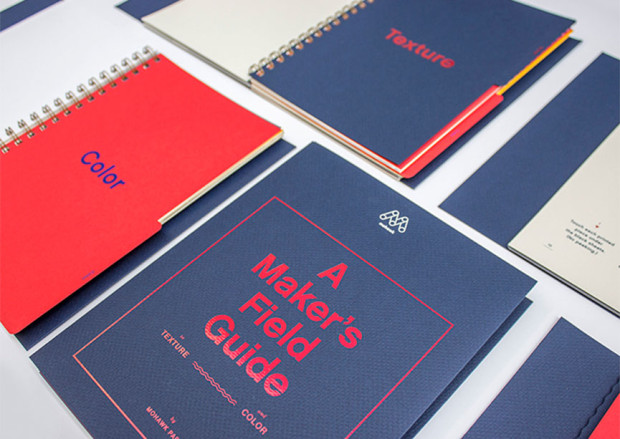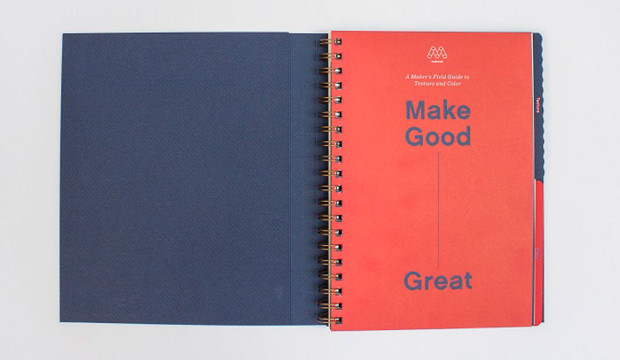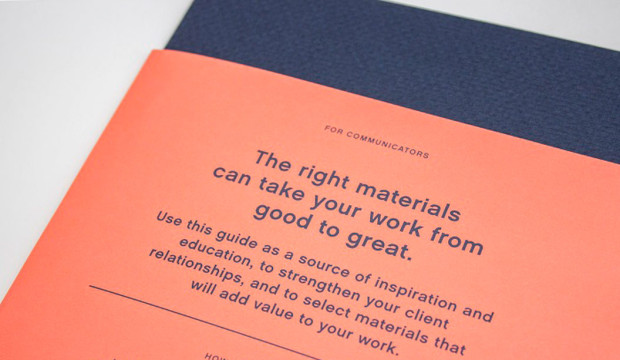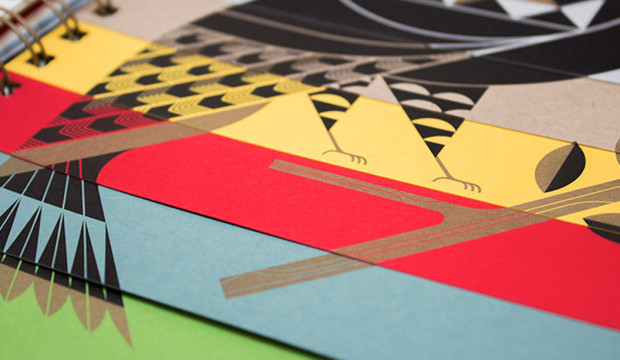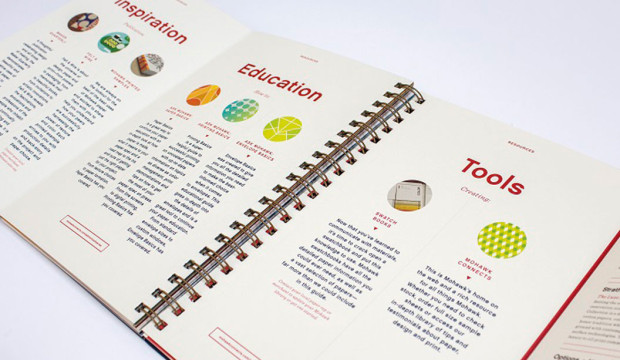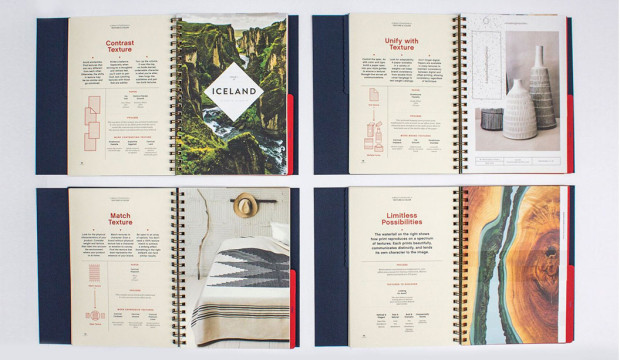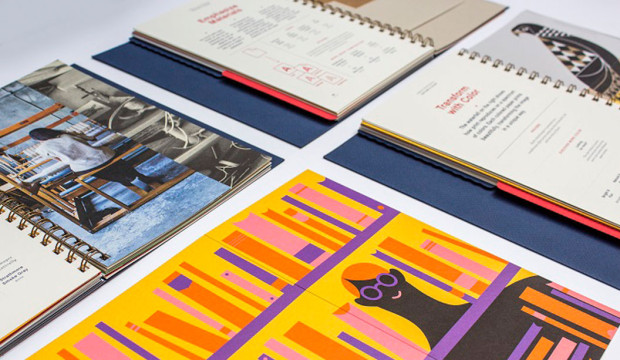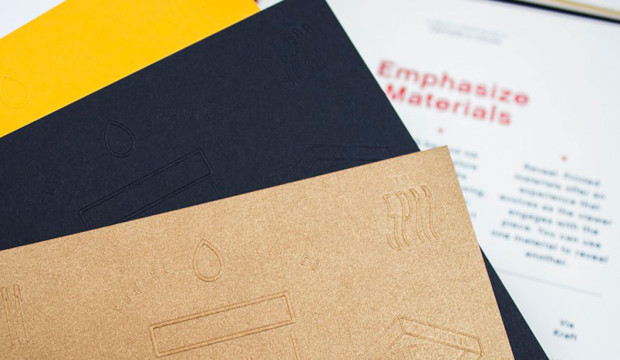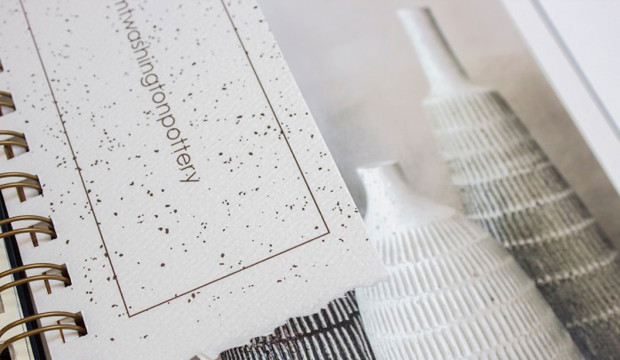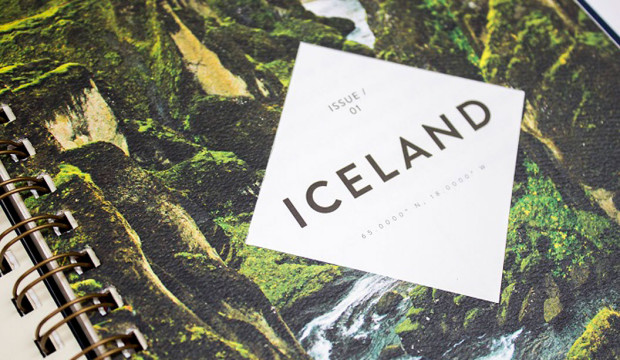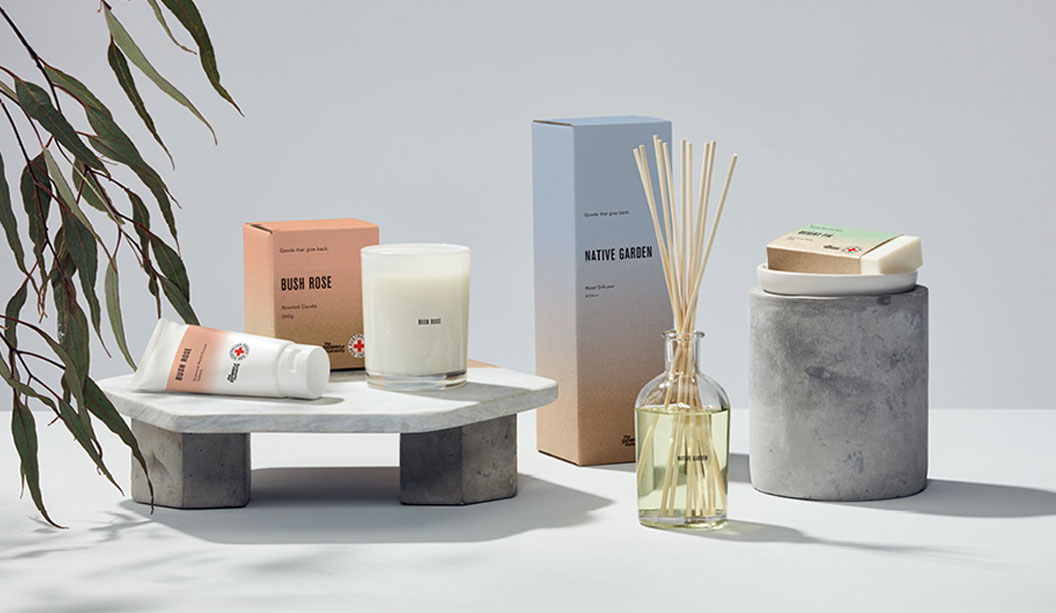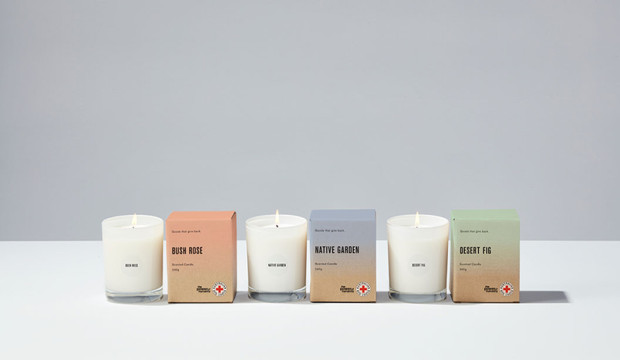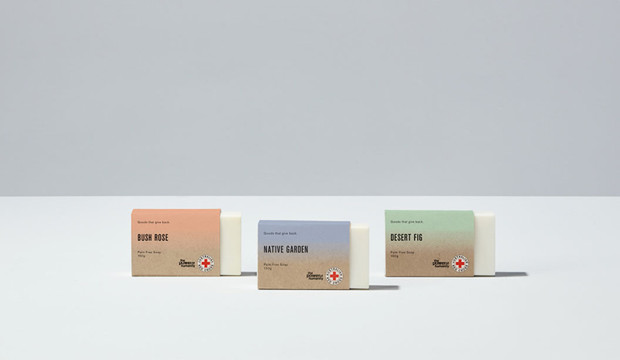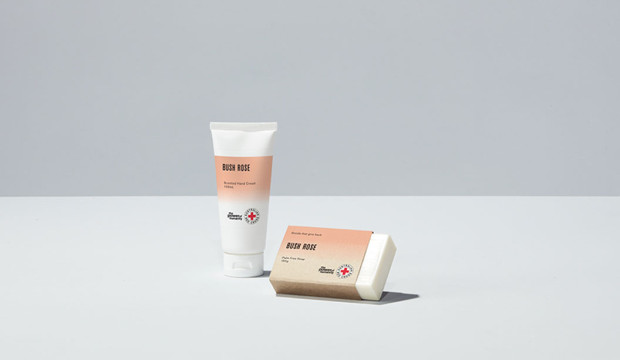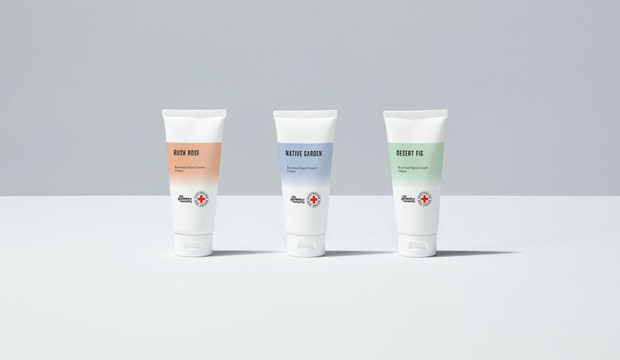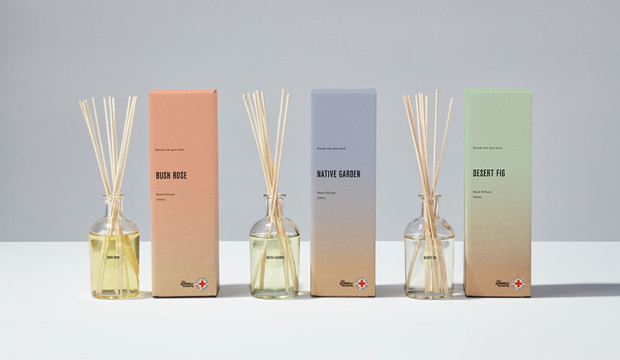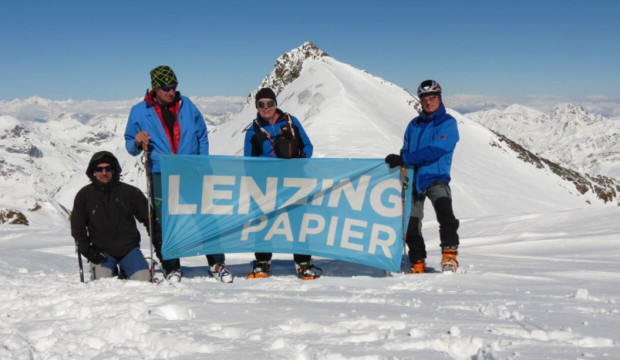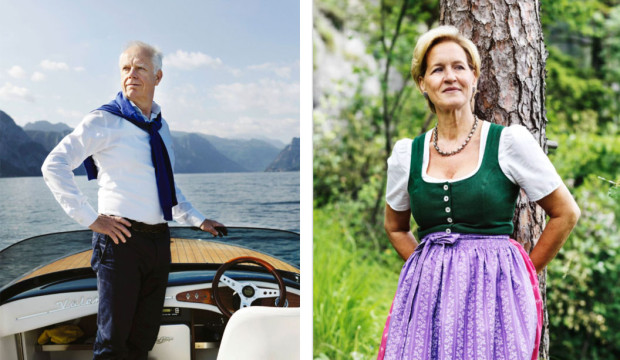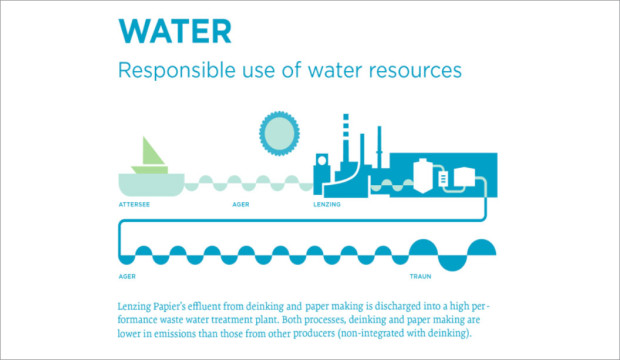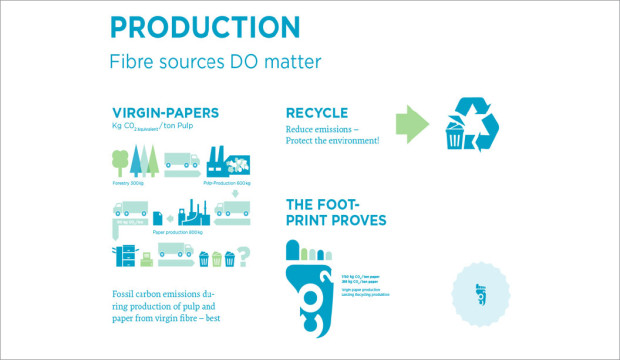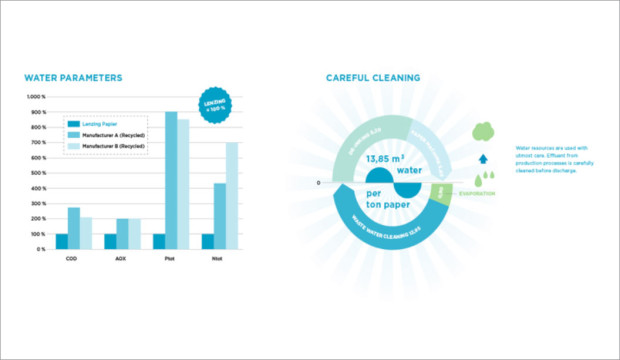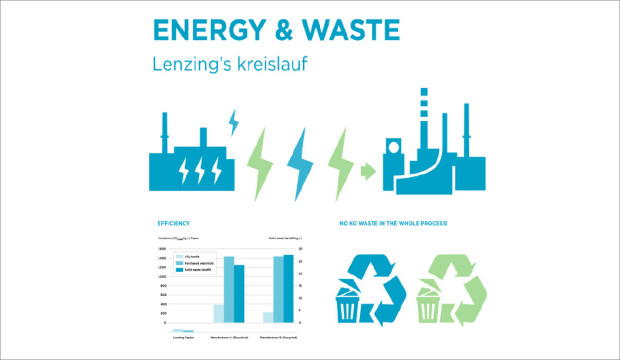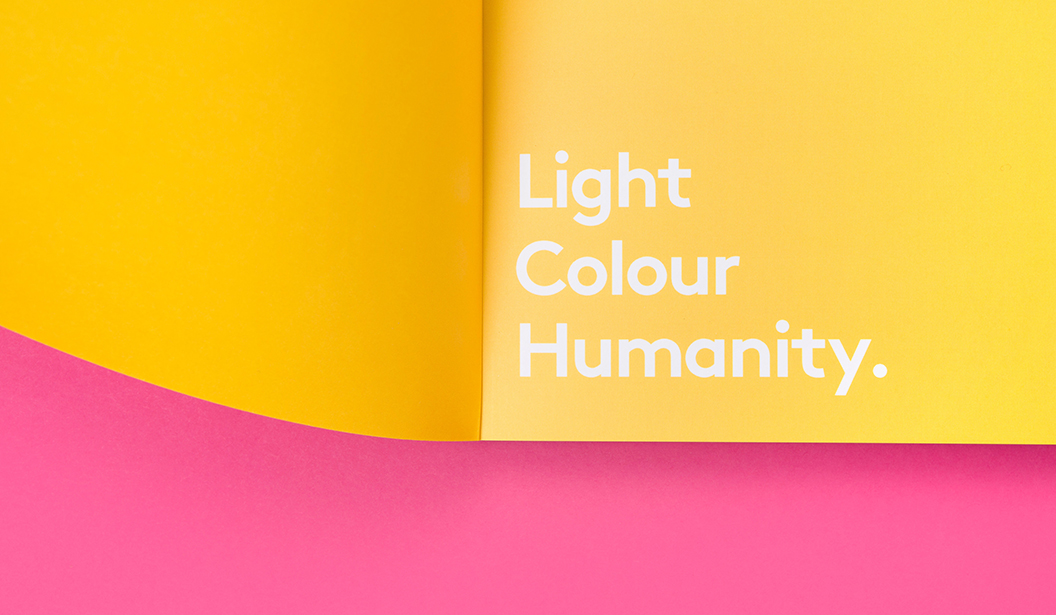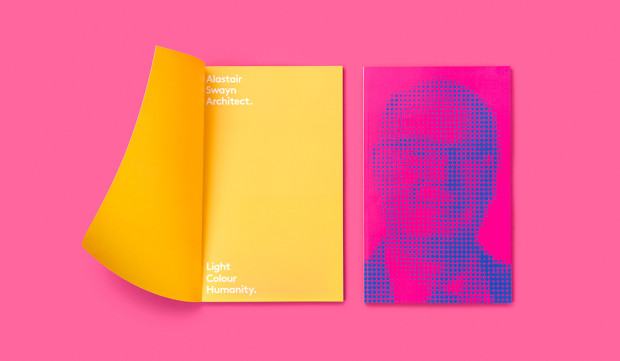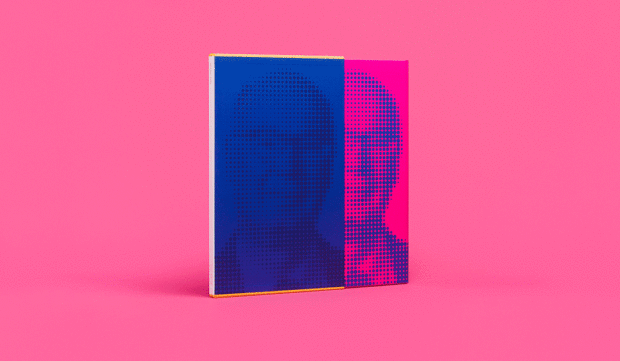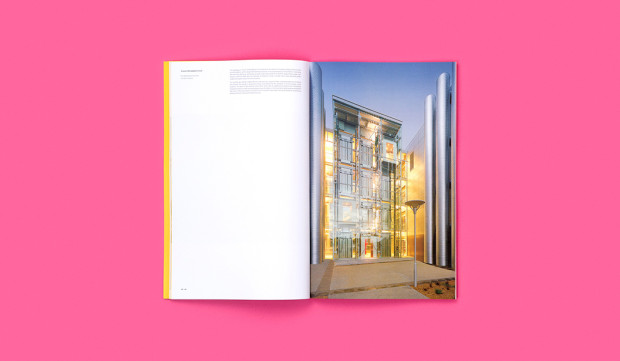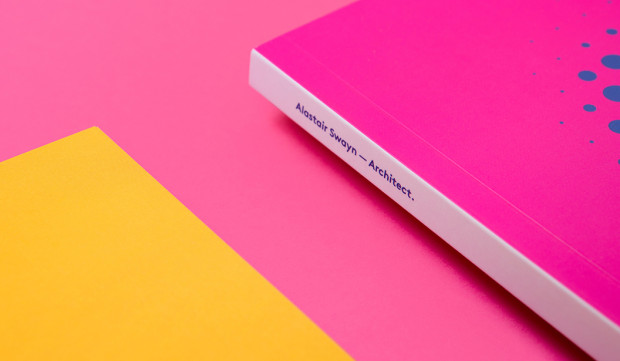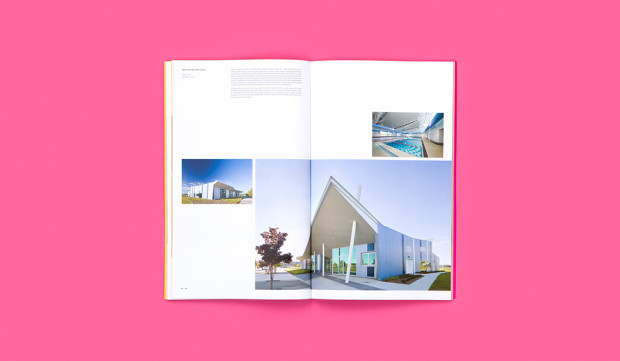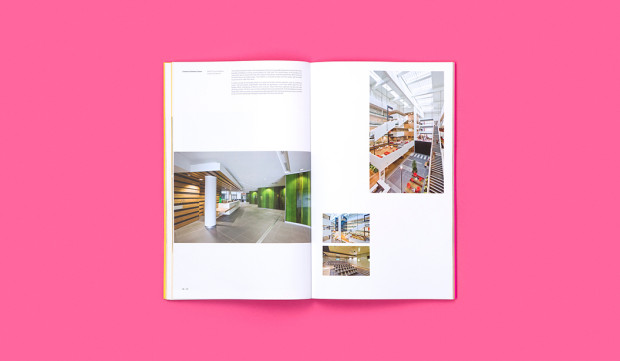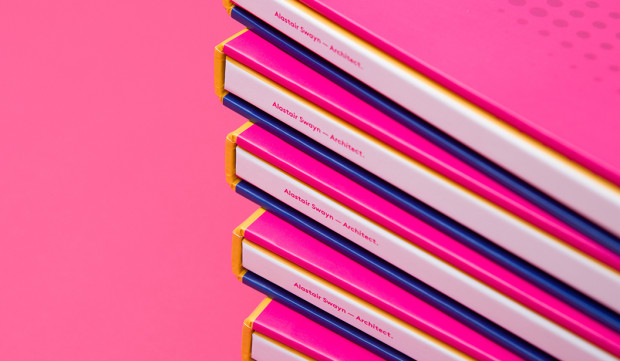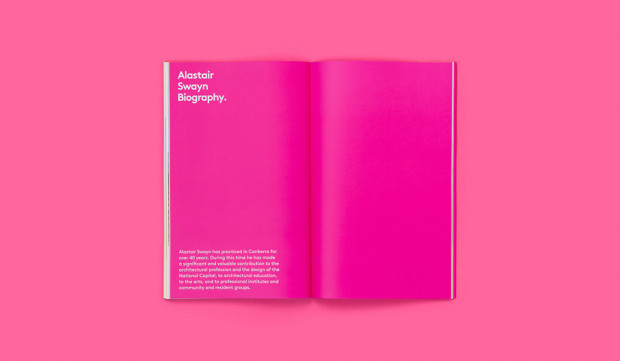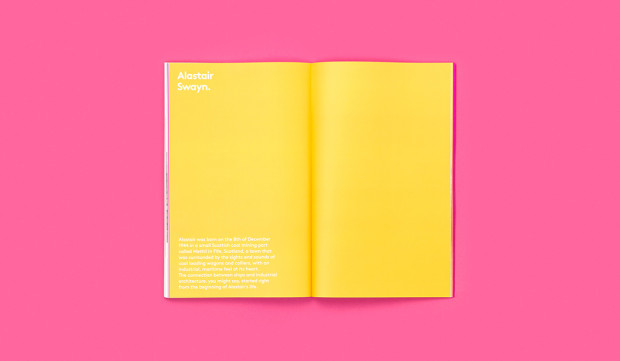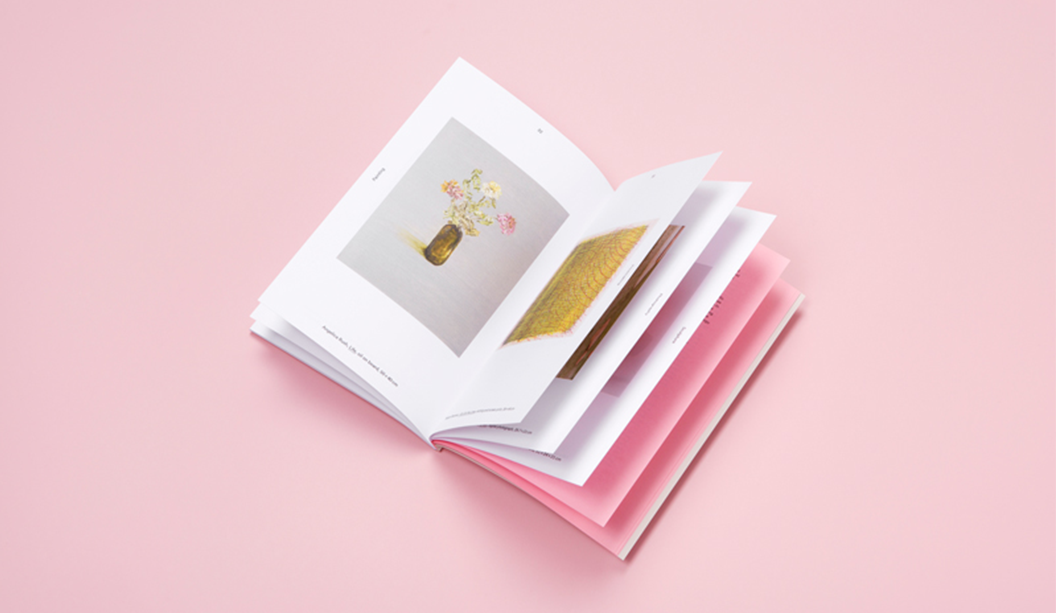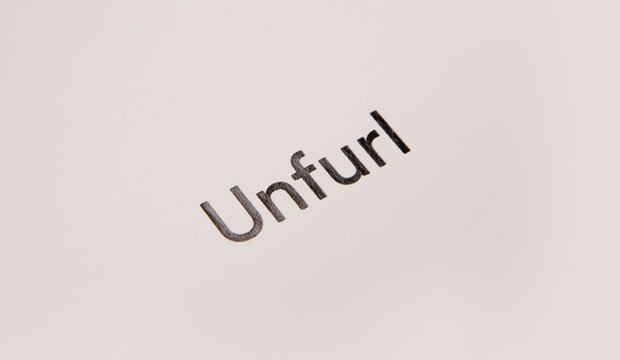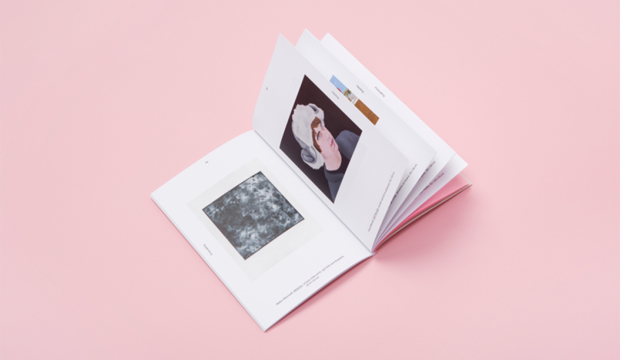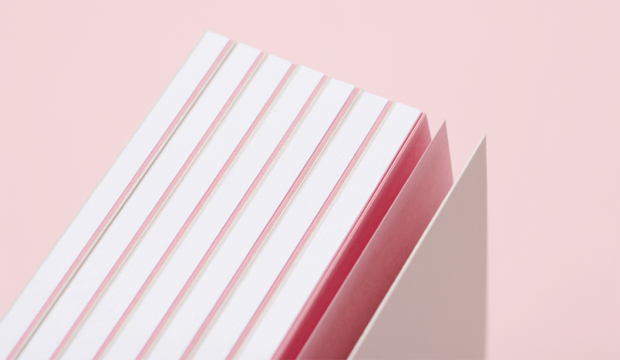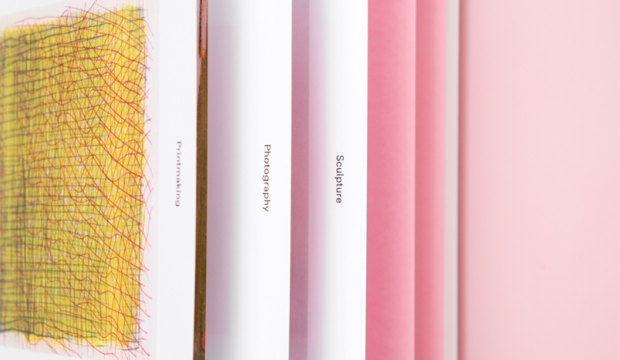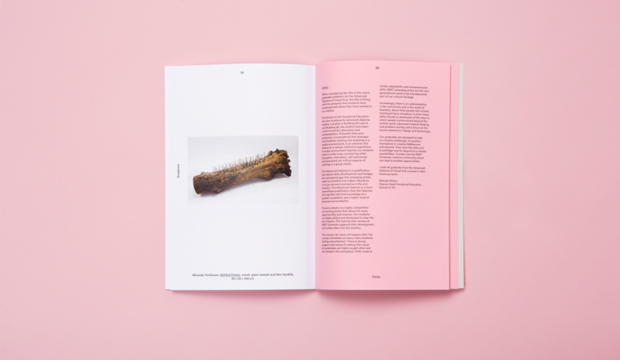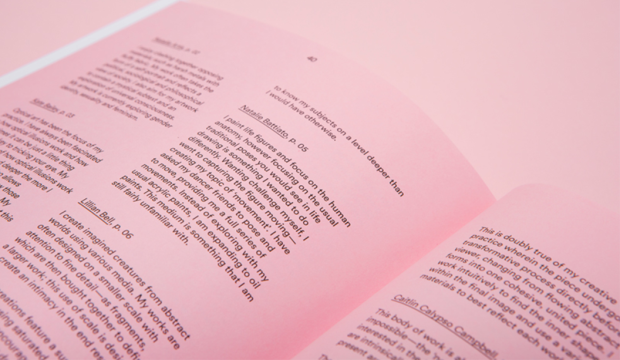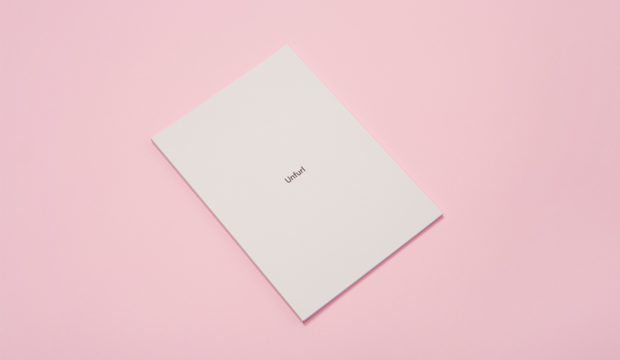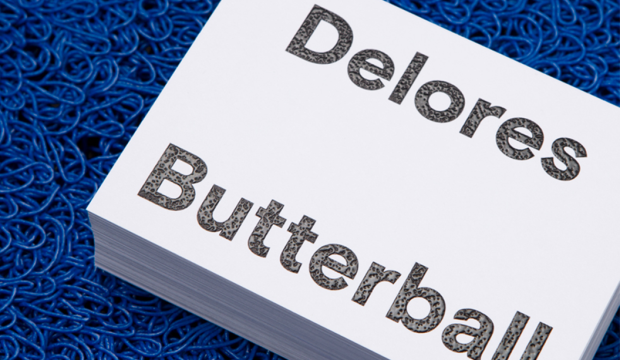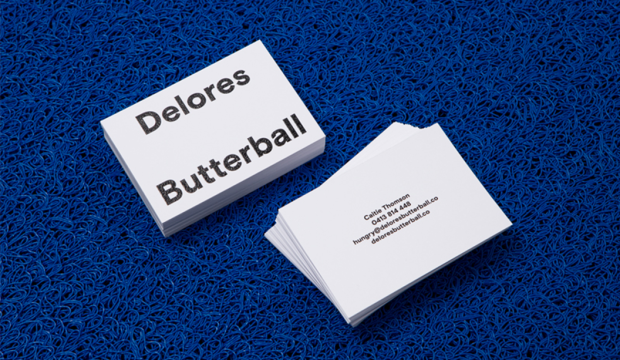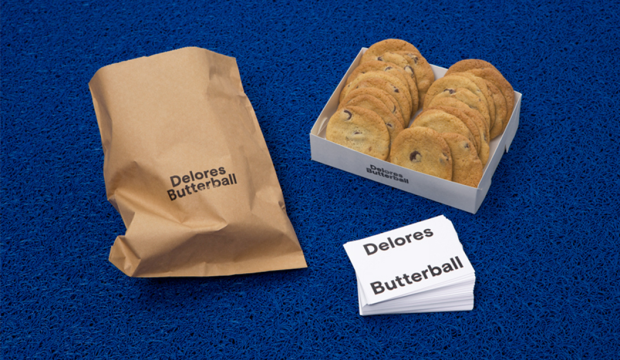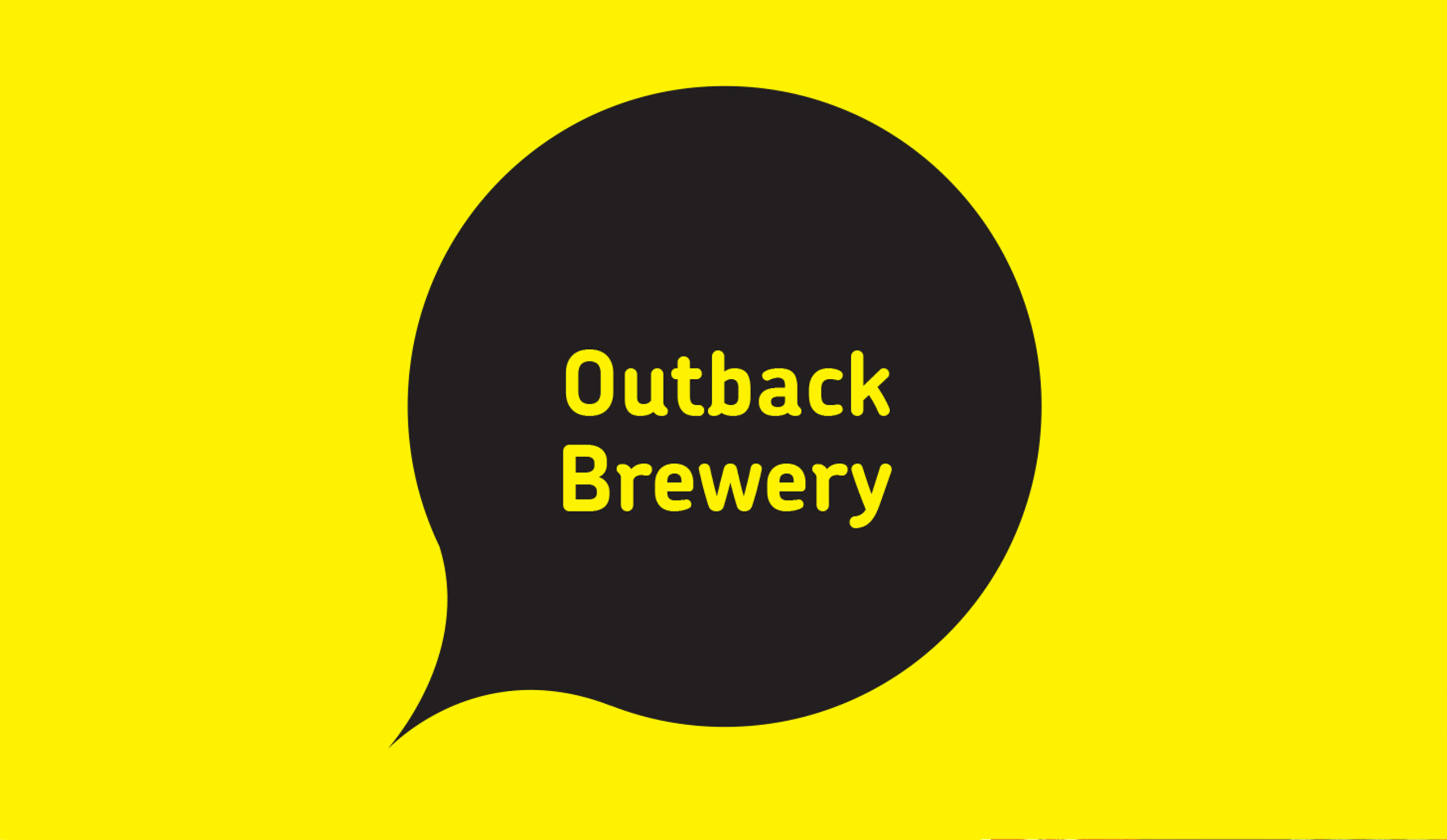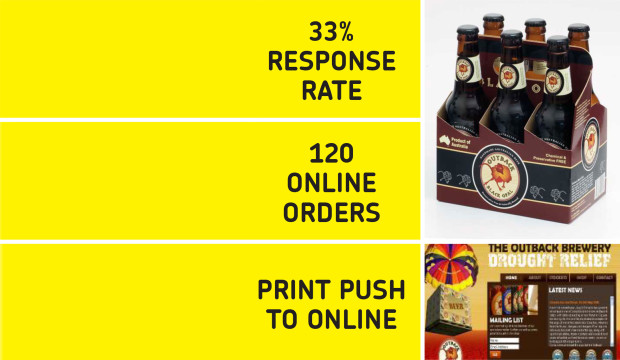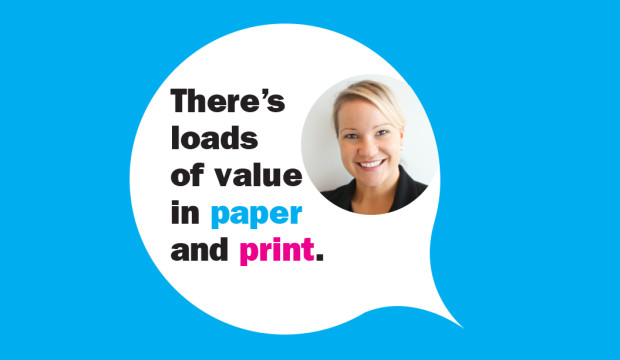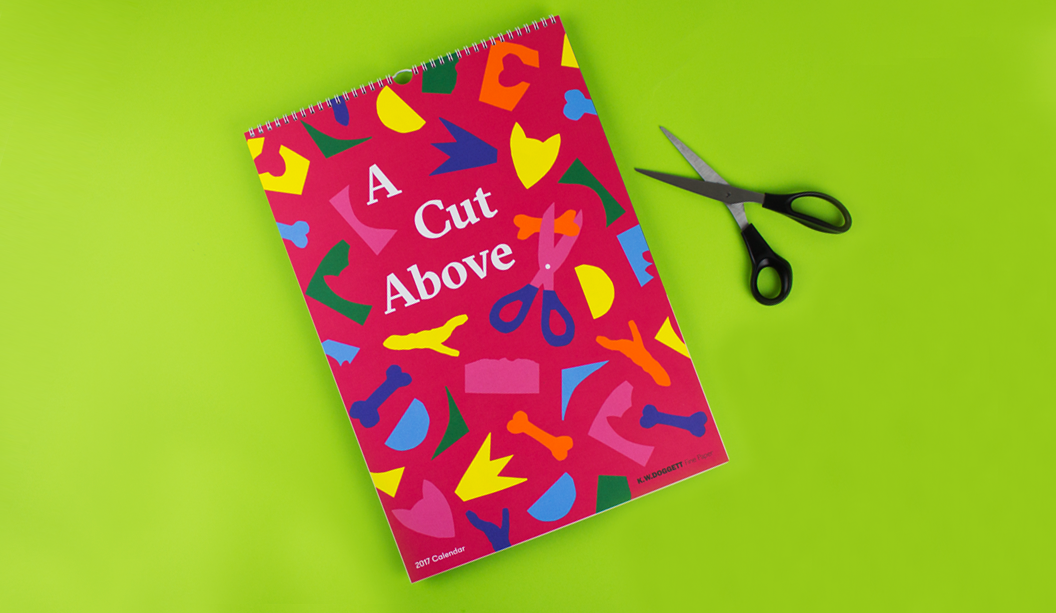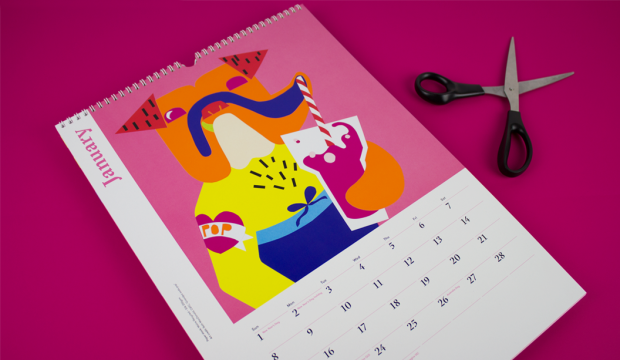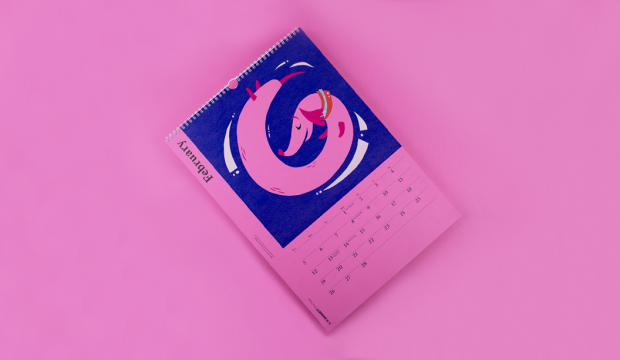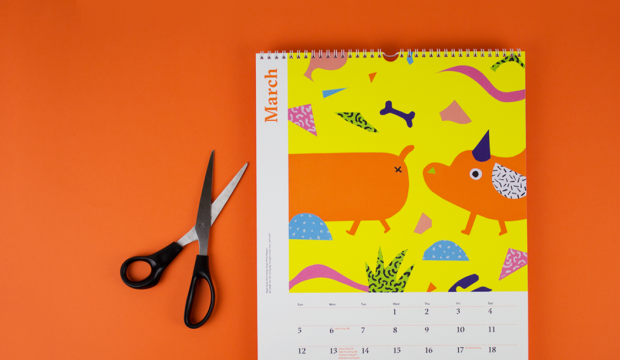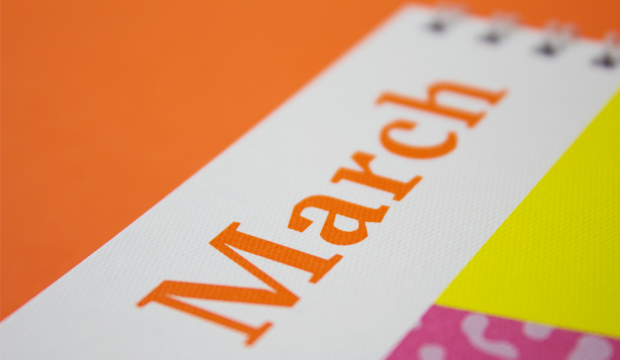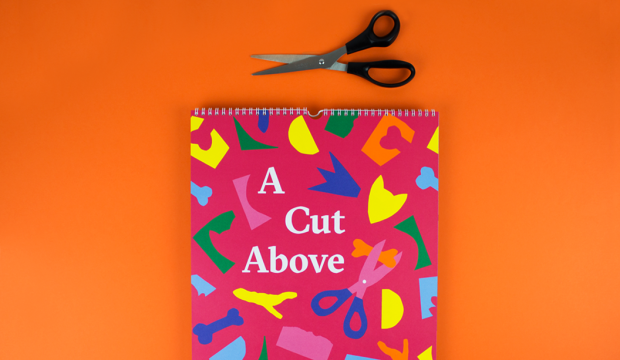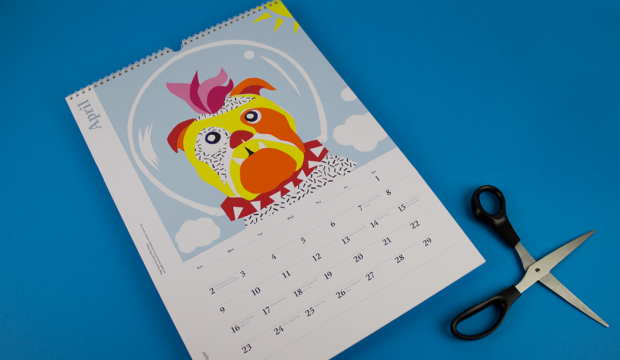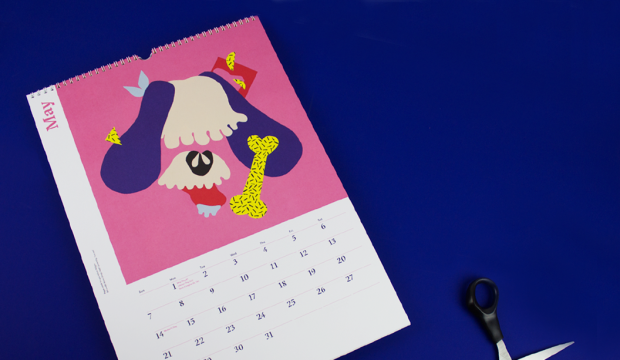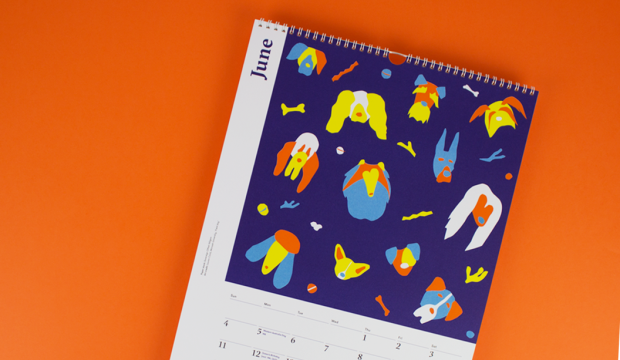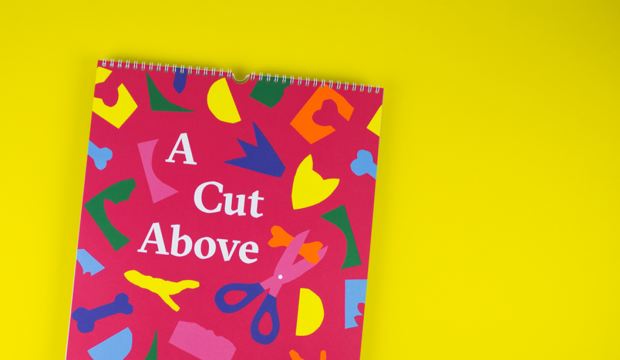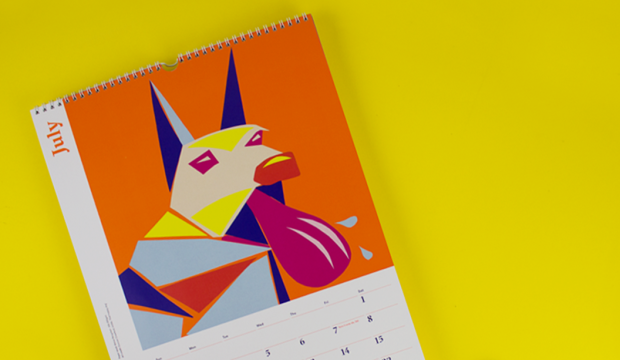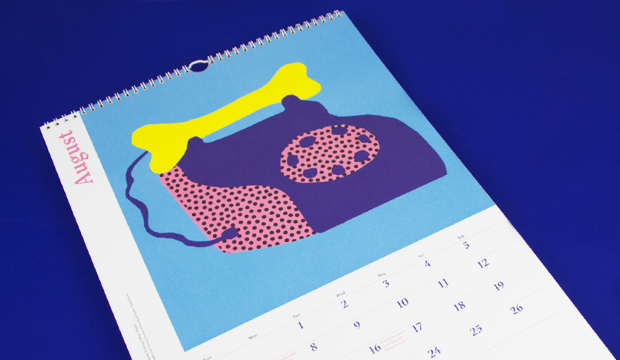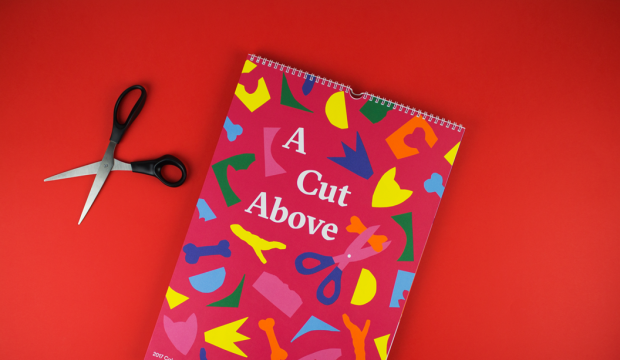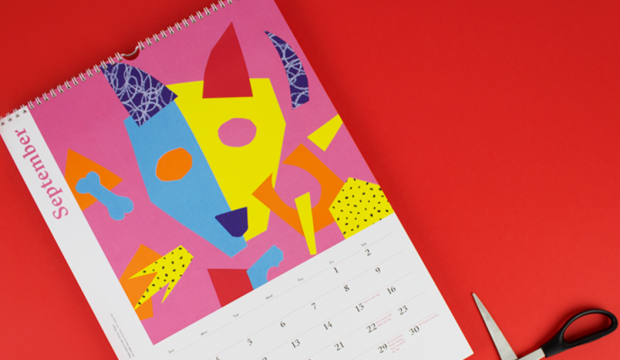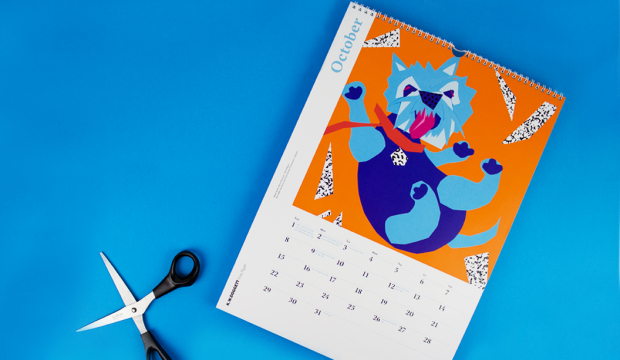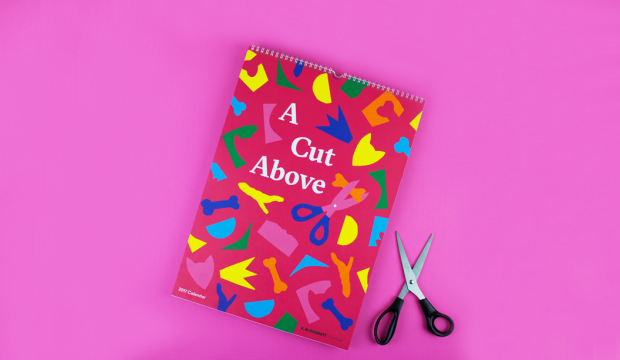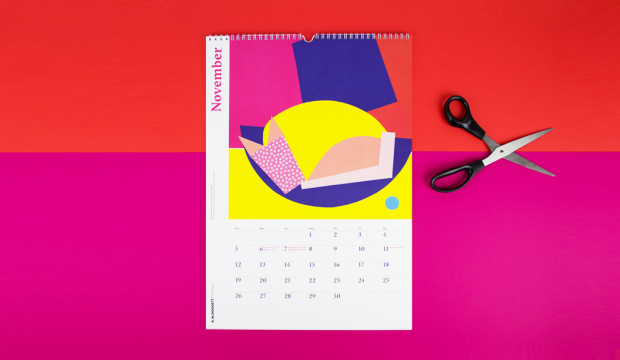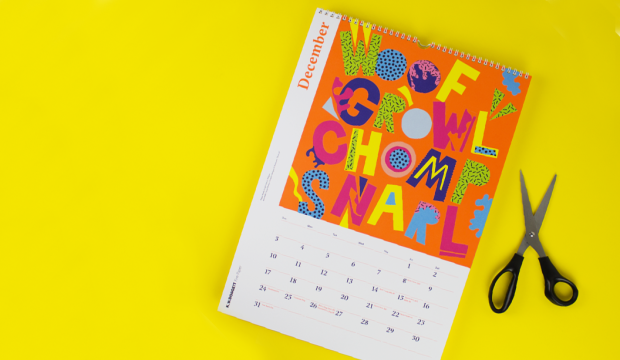We tell our reps time and time again if you’re going to bring in samples of food packaging, INCLUDE the food. Sheesh.
We love this branding job by Hue Studio for The Crux & Co. in Melbourne. We liked it so much we featured it as a case study in Spot, a recently released print publication that includes lots of rad design projects from local and international studios. Ask your paper specialist for a copy and in the meantime, check out more of Hue Studio’s work on their Instagram page @huestudio.
The Crux & Co. is a 110-seat café and patisserie in South Melbourne. The interior colour palette is baby blue and navy and the tables and cabinets have beautiful rounded edges that reference 1960s styling. The ethos behind The Crux & Co.’s menu is what we all strive for in life – balance. It boasts a delicious selection of macarons, eclairs, pastries and buttery house-made croissants, along with Korean influenced savoury dishes. Perfecto.
We interviewed Vian about his experience working on this rad project.
How did you articulate the brand identity of balance in a visual sense?
To bring the concept of balance to life we created all elements of The Crux & Co.’s branding with this concept in mind – everything from the monogram logo, which resembles a percentage symbol, to a series of cheeky C/C taglines like (50% Chit 50% Chat and 30% Cheese 70% Cheers). The taglines appear along with the custom pattern and typeface.
Did you work closely with the client to create the branding?
Yes, very close, but not intimately, because the
one thing we know about the food industry is that sometimes people can’t respond to our queries until after business hours! And we totally understand that. The clients input and involvement is always paramount for the project’s success. It’s their business and their passion we’re bringing to life and at the same time, we want to create a space where we can be creative too. Approaching the project in this way creates a healthy designer-client relationship. It’s also good for us because the project doesn’t stop, even after the shop opens.
The marketing collateral, packaging and interior design complement each other perfectly. Did you also work closely with the architects?
We did work closely with Architects EAT (in particular Eid Goh), before and during the design process. We’ve collaborated on other projects together so the process was very smooth. It’s satisfying when you establish a good relationship with collaborators because, more often than not, they’ll give their honest opinion and this allows us to push ourselves even harder. I also don’t want to undermine the importance of the architect’s perspective on branding, which I think is crucial.
What’s involved in your process when designing a packaging job?
Firstly, we always do a lot of research. We ask the client a lot of questions and most importantly, determine who the competitors are and what’s already out there. For this project, we came up with a lot of concepts, made a lot of Barry Bleach Board mock-ups and used heaps of scalpels and cutting boards! With The Crux & Co. packaging we had to make size and design adjustments to the pastry boxes to make them more versatile. Working closely with the printers is really important too – for example for one box, we worked out how to get two-up on the printing press. This resulted in the box being smaller and now it takes up less space in the shop.
How crucial do you think packaging and branding is to eateries like The Crux & Co.?
I think the packaging design is just as important as the product itself because it allows the customer to revel in its beauty. They can appreciate the time and effort put into the design of the packaging as much as they can appreciate what’s inside. Also, good packaging can make you smile, even before you open it. The fact there are similar establishments opening up in practically every corner of Melbourne, means cafes like The Crux & Co. face stiff competition. So we have to be creative and come up with fresh ideas.
Why did you use the uncoated side of Barry Bleach Board for the pastry boxes?
To match the stationery set finish. The collateral
is printed on uncoated Keaykolour Original, so we decided early on that the packaging needed to be uncoated too. Because it’s flipped, which means the coated side is in contact with the cakes and macarons. Barry Bleach Board is food safe and FDA approved – the biggest selling point for us – and is designed for high quality packaging materials. Along with the copper foil logo on each box, the overall design is ‘Chic and Classy’.
How important is branding to the overall customer experience?
Very. It’s about the whole experience, which starts before the customer walks in the front door and ends when they leave the shop with a beautifully designed cake or macaron box in a nice paper bag. Creating a brand identity is more than just abut a logo – it’s about the colour, typography, all the printed materials and how everything relates to the interior and in this case the food, which has to be amazing otherwise the customer won’t come back! Good branding and a complementary interior helps you get noticed and recognised faster and really completes the whole experience.
Now you be the judge…is the crogle balance or madness? A croissant pastry baked in the shape of a bagel with traditional bagel flavours like poppy seed and blueberry. Is it enough to get you down to The Crux & Co.? We think YES!
Boxes: Barry Bleach Board
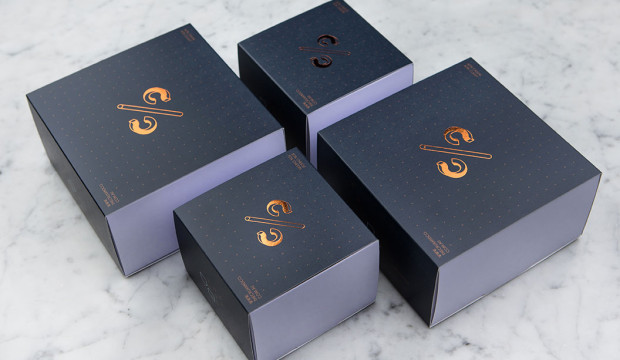
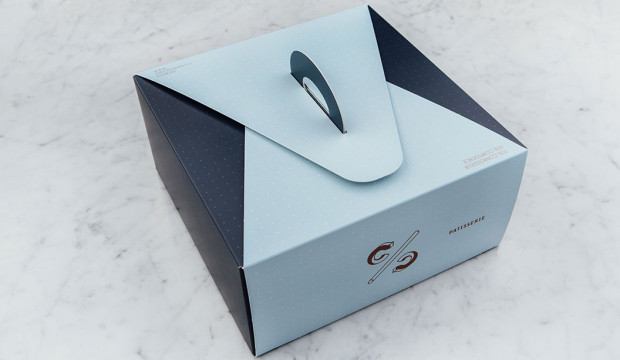
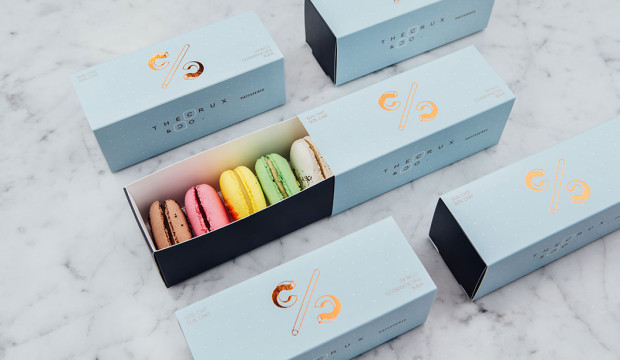
Business cards:
– Print: Front: copper foil logo (35 mm x 35 mm) on Keaykolour Original Navy Blue 250gsm, (back) + 250gsm Keaykolour Pure White
– Back: 2 spot colours on Keaykolour Original Pure White
– Finishing: Mount back-to-back, Formecut round corners
– Size: 55 mm x 90 mm
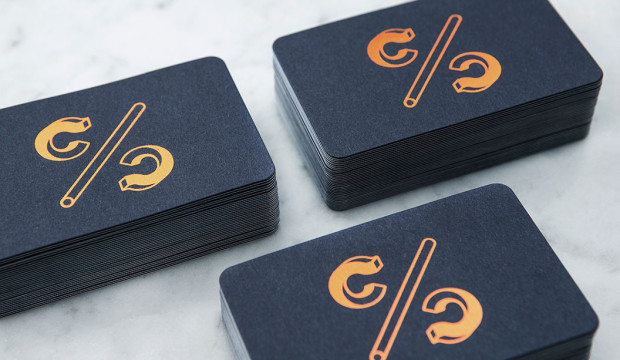
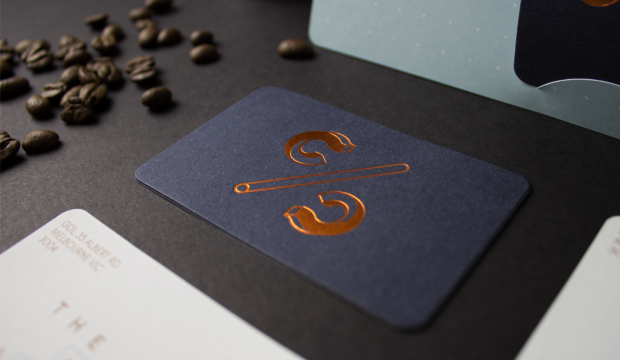
Menu:
– Print: 2 spot colours one side only.
– Size: 414 mm x 297 mm.
– Stock: 225 gsm Kaskad Skylark Violet
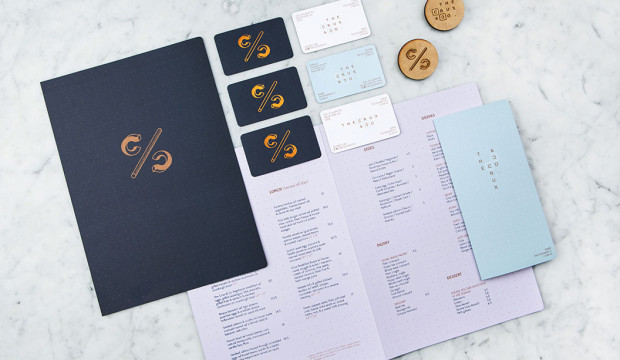
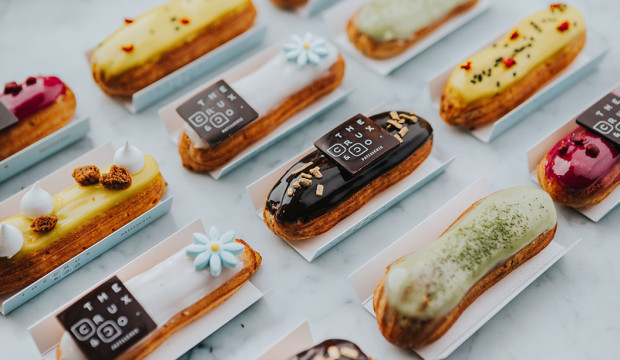
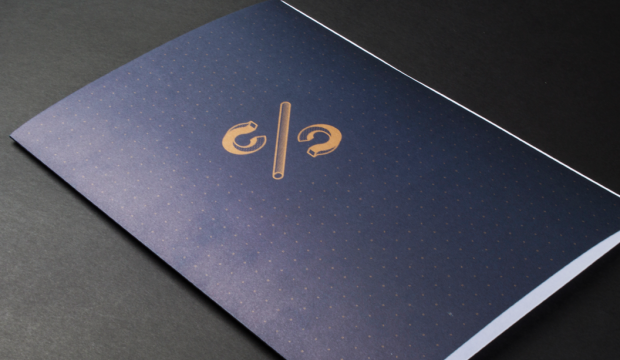
Gift card holder:
– Print: 2 spot colours one side only.
– Size: 198 mm x 207 mm.
– Stock: 250 gsm Grange Offset
– Quantity: 500
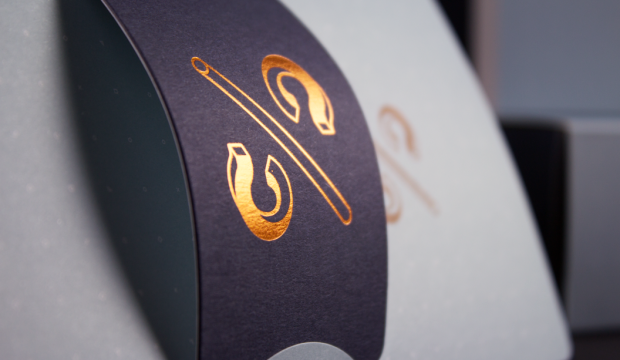
Sticker:
– Print: 2 spot colours one side.
– Size: 60 mm diameter
– Stock: Cast Gloss White Permanent

 Footy Tips
Footy Tips
